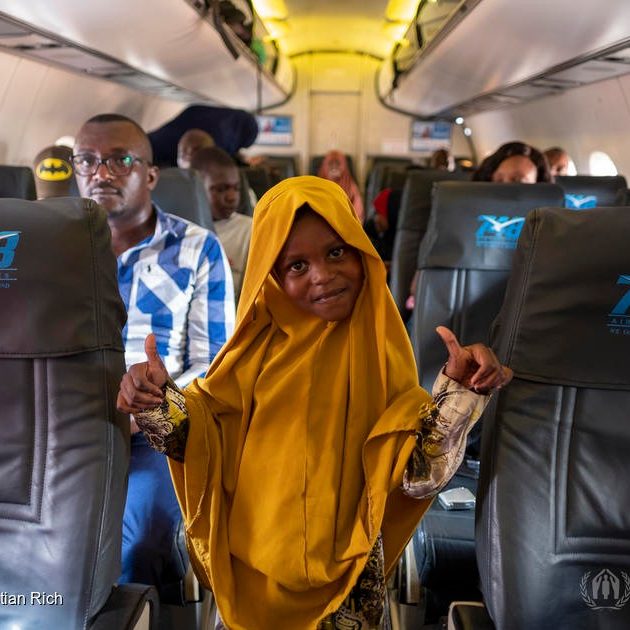Pathways to protection
This project explores how refugees and asylum seekers can move safely across international borders to access protection.

The challenge
When they have no options, people seeking protection may be motivated to take dangerous cross-border journeys. Hard-line ‘stop the boats’ responses to this have proven costly in lives and financial resources – but there are humane policy alternatives. Special visa pathways can have real benefits, both for refugees and for States, disrupting people-smuggling operations and decreasing disorderly movement. These pathways can operate alongside existing resettlement programs, to provide an additional and complementary way for displaced people to safely enter or stay in another country through regularised access to employment, education, or community-sponsored resettlement.
Known as complementary pathways, these visas come in several forms. Humanitarian visas can grant asylum seekers ‘protected entry’ into another country, allowing people to move safely across international borders. Or, community groups can sponsor extra resettlement places for refugees, and commit to helping new arrivals to integrate and thrive.
The United Nations Secretary-General’s Special Representative on Migration has called on States to ‘expand legal pathways for people fleeing countries in crisis’ (UN doc. A/71/728). There is, however, a need for more scholarly knowledge and wider understanding about how States have operated such procedures in the past, and how they can best offer these pathways in future as a way to benefit individual refugees and their new host communities, and strengthen the system of international protection. This project meets the challenge by examining the evidence of how, when and why special visa pathways work, drawing lessons from around the world.
Project highlights
With partners Talent Beyond Boundaries and the Regional Australia Institute, we are leading a practical investigation into how refugee job-seekers can more easily and successfully obtain skilled visas and fill job vacancies in rural and regional Australian communities. This research project, titled, Regional Australia's skills shortages and high-skill refugees' employment, opens in a new window, is being funded under an Australian Research Council ‘Linkage’ grant.

Our work
We are researching ways in which visa pathways – such as protected entry, labour mobility, education and community sponsorship – can complement, and never replace, other avenues to protection such as national asylum procedures and existing resettlement programs.
We have made recommendations to parliamentary committees, opens in a new window and government inquiries, opens in a new window about the principled operation of protected entry procedures, including the need for programs to offer flexible and transparent application criteria, and for unsuccessful applicants to have the ability to know the reasons for their rejection and to appeal and/or apply again if their circumstances change.
Our research on labour mobility has tracked, opens in a new window how government and employers can partner to provide refugees with pathways to safety and settlement; and, in turn, how those refugees can make economic and social contributions to their new communities.





